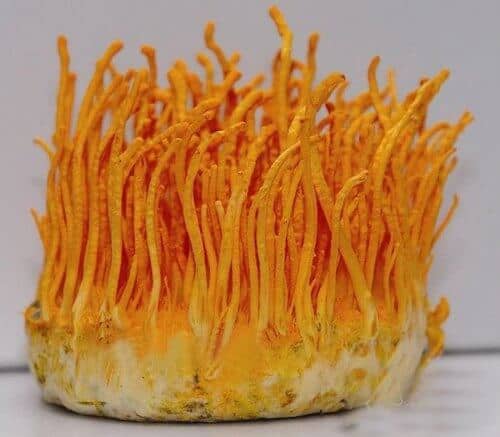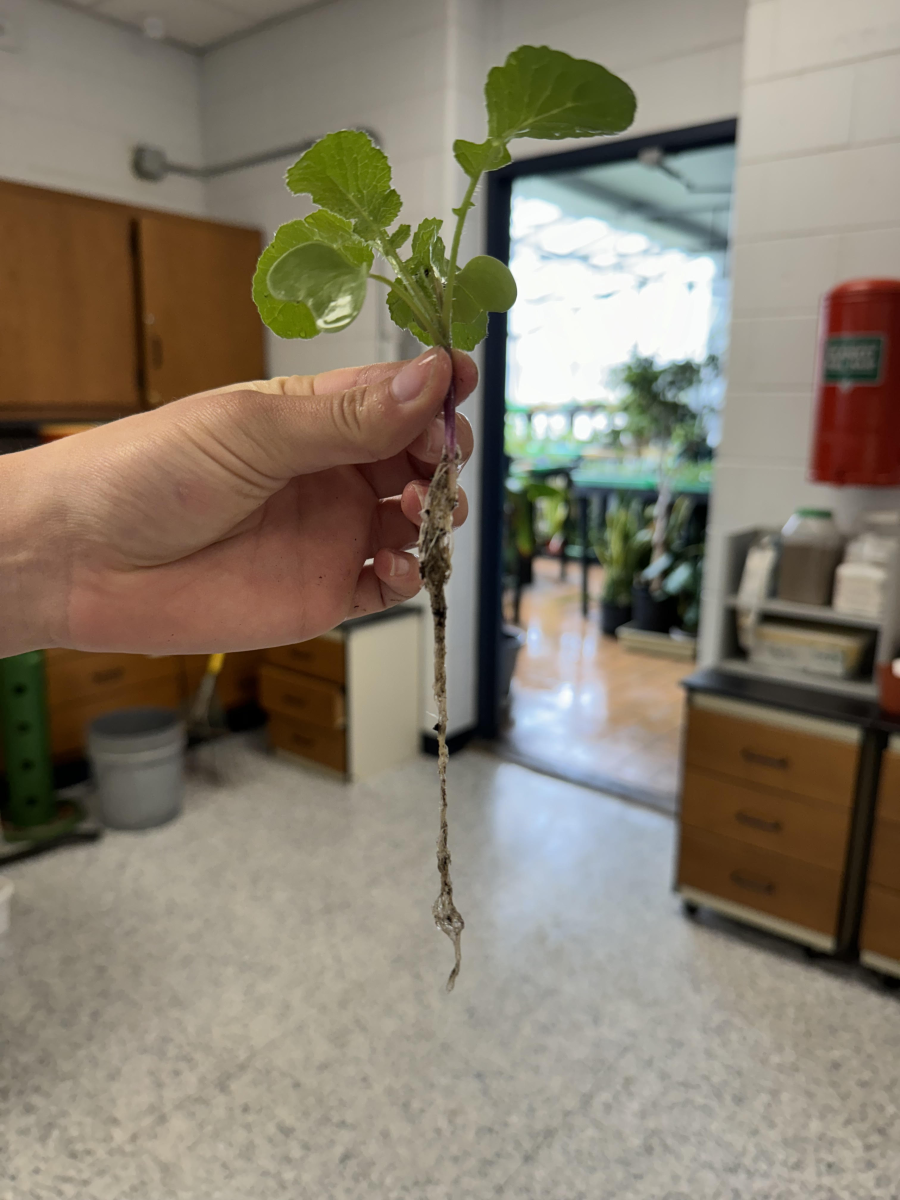‘25
The world’s most sinister form of mind control isn’t found in fictional apocalypses or the latest season of Stranger Things, but in the jungle, as zombie fungus gnaws away at the insides of insects, driven by self-propagation and the goal of dispersal.
If anyone has kept up to date with HBO’s hit The Last of Us—a video game adaptation following two people working their way through a post-apocalyptic world of fungus-ridden zombies—which aired a few months ago, then one might have wondered whether the “zombie fungus” was real and if it could actually affect humans. Though the show is fear-driven and a work of science fiction, the dangerous brain-altering Cordyceps infection is entirely real.
Cordyceps is a genus of ascomycete fungi, a type of fungi whose spores develop within asci, or a sac. The genus comprises over 600 worldwide species, which each targets a certain bug, not including the hundreds of species branching from Ophiocordyceps, a genus once considered to be that of the Cordyceps, though was deemed distinct enough to receive its own genus in 2007. Under the so-called branch of Ophiocordyceps lies Ophiocordyceps unilateralis, the “zombie fungus”. This specialized parasite infects, operates, and kills arthropods, such as ants or spiders, most commonly in tropical ecosystems.
When an ant steps on a fungal spore, the fungus sticks to the body of the ant and enters it, feeding on the corpse from within. The fungus multiplies in its body as its host continues on as it was for a week or so. This week is known as an incubation period, where the infected ant acts normal and does as it would amongst its colony, entirely undetected. In time, the fungus consumes the majority of the ant’s insides, attaching itself to the host’s nervous system and muscles, where it will then manipulate the ant’s body to scale a leaf and begin its slow descent to decay. With the control of the muscles under its belt, the fungus forces the ant to grip to the underside of the leaf—not unlike a puppet master controlling his marionette—as it breaks through the ants head and produces tendrils of mycelia, releasing spores which liter the forest floor below, repeating the process anew.
Though the fungus is real and detrimental to insects, the fear that is zombie fungus is slim to none for humans. Cordyceps are a popular health supplement, as variants of the fungus have been used for over a thousand years in the Chinese medical field. The spores themselves pose no danger to humans either, save for a mild allergic reaction if their air quantities are too high amid humans. With that said, the odds that any given person would actively come into contact with these spores unintentionally is negligible. Beyond that, people suffer from fungal infections on a daily basis, be it ringworm or nail fungus. Although The Last of Us portrays a frightening alternative reality, with the threat of a worldwide fungal infection and an apocalyptic collapse, the show is implausible given the current capabilities of Cordyceps fungi. It would take millions of years of evolution to reach that point, and even if it did come true, the current generation would be too far gone to ever witness it.







